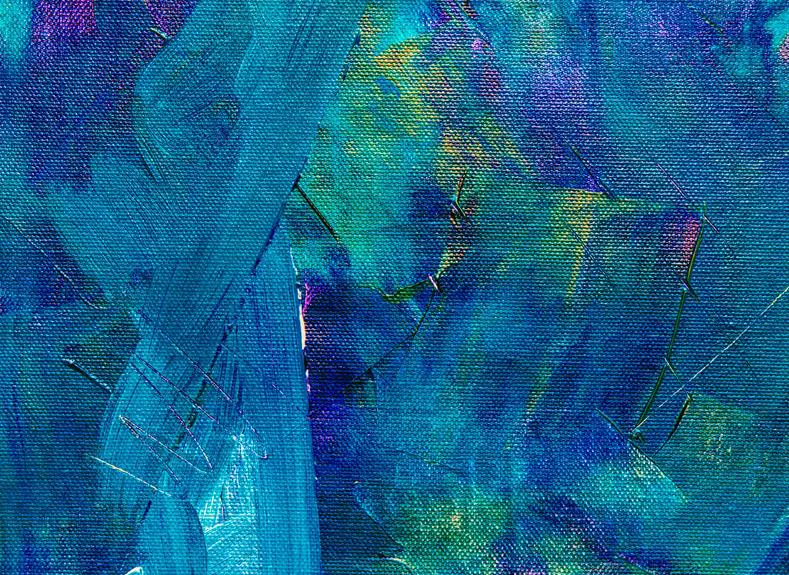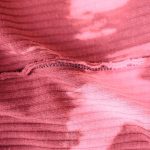Looking to master the art of dyeing? Understanding the unique properties of disperse dye is essential. This powerful coloring agent offers vibrant, long-lasting results on synthetic fibers. By using suitable application methods, you can achieve stunning color saturation.
Discover which fabrics are best suited for disperse dye to ensure optimal results. Furthermore, its exceptional colorfastness and longevity make it a popular choice for various dyeing projects.
Lastly, learn valuable care and maintenance tips to preserve the vividness of your dyed fabrics. Get ready to elevate your dyeing skills with these 5 must-know facts about disperse dye.
Key Takeaways
- Disperse dye is ideal for coloring synthetic fibers like polyester and acetate.
- The dyeing process with disperse dyes can have a high environmental impact due to energy consumption and water pollution.
- Proper application methods, such as heat transfer and digital printing, are crucial for optimal results with disperse dye.
- Polyester and nylon are the most suitable fabrics for disperse dye, offering exceptional color vibrancy and absorption.
Unique Properties of Disperse Dye
You need to understand that disperse dye penetrates synthetic fibers by sublimating into a gas and then diffusing into the fabric. This unique characteristic is attributed to the chemical composition of disperse dyes, which makes them ideal for coloring synthetic fibers such as polyester and acetate. The small molecular size and low solubility of disperse dyes allow them to disperse in the form of fine particles, making them suitable for dyeing synthetic materials.
When considering the environmental impact, it's important to note that the chemical composition of disperse dyes can raise concerns. The dyeing process often requires high temperatures and pressure, which can contribute to increased energy consumption and potential environmental pollution. Additionally, the use of water and chemicals in the dyeing process can lead to water pollution if not properly managed.
Understanding the unique properties and environmental impact of disperse dyes is crucial for mastering the art of dyeing synthetic fibers. By being aware of these factors, you can make informed decisions regarding the use and disposal of disperse dyes, contributing to more sustainable and environmentally friendly practices in the textile industry.
Best Application Methods
Achieving optimal results with disperse dye involves carefully controlling the application method. When using heat transfer, ensure that the fabric is clean and free from any coatings or finishes that could interfere with the dye absorption. Apply the disperse dye evenly and make sure the heat press is set to the appropriate temperature and pressure for the specific type of fabric.
For digital printing, it's crucial to use a printer specifically designed for disperse dye sublimation. The artwork should be printed onto a special transfer paper using disperse dye inks, and then heat-pressed onto the fabric. This method allows for intricate designs and vibrant colors.
Whichever method you choose, always follow the manufacturer's instructions for the disperse dye and the equipment being used. In both heat transfer and digital printing, the color fastness and durability of the final product can be enhanced by post-processing methods such as steaming or washing.
Mastering these application methods will ensure that you achieve the best results with disperse dye.
Suitable Fabrics for Disperse Dye
When choosing suitable fabrics for disperse dye, consider the fabric's composition and structure for optimal dye absorption and color vibrancy. Polyester and nylon are two fabrics that are highly compatible with disperse dye. These synthetic fibers have a chemical composition that allows them to readily absorb disperse dyes, resulting in vibrant and long-lasting coloration.
Additionally, sublimation printing, which involves the use of disperse dyes and heat transfer techniques, is particularly effective on polyester fabrics. The heat applied during the sublimation process causes the disperse dye to transition from a solid to a gas without passing through the liquid state, allowing it to bond directly with the polyester fibers. This results in exceptional color clarity and durability.
When considering suitable fabrics for disperse dye, keep in mind that polyester and nylon, especially when utilized in conjunction with sublimation printing and heat transfer techniques, offer the best outcomes in terms of color vibrancy and overall dye absorption.
Colorfastness and Longevity
To ensure the longevity and colorfastness of disperse dye, properly maintaining and caring for the dyed fabric is essential. Colorfastness refers to the fabric's ability to retain its color without fading or bleeding during washing, exposure to light, or other environmental conditions. Disperse dye is known for its excellent colorfastness, making it a popular choice for dyeing synthetic fibers like polyester and acetate. However, proper care and maintenance are still crucial to preserve the vibrancy of the dye. Understanding the dyeing process and following the recommended care instructions can significantly impact the longevity of the dyed fabric.
| Care Tips | Description |
|---|---|
| Gentle Washing | Use a mild detergent and choose a gentle washing cycle to prevent unnecessary abrasion. |
| Avoid Direct Sunlight | Prolonged exposure to sunlight can cause fading, so store dyed fabrics away from direct sunlight. |
| Cool Ironing | If ironing is necessary, use a low heat setting to prevent heat damage to the dyed fibers. |
Care and Maintenance Tips
For maintaining the colorfastness and longevity of fabrics dyed with disperse dye, you should follow specific care and maintenance tips to ensure the vibrancy of the color is preserved. Here are some essential tips to help you care for your disperse dye-dyed fabrics:
- Washing Techniques: When washing fabrics dyed with disperse dye, use cold water and a gentle cycle to prevent color fading. Additionally, avoid using harsh detergents or bleach, as they can affect the color vibrancy. It's also recommended to wash dark and light-colored items separately to prevent color transfer.
- Fabric Protection: To protect the color and fibers of disperse dye-dyed fabrics, turn them inside out before washing. This helps minimize friction and abrasion during the washing process, preserving the fabric and color quality.
- Environmental Impact and Sustainability Efforts: Consider using eco-friendly laundry products and techniques to reduce the environmental impact of washing disperse dye-dyed fabrics. Look for detergents that are formulated to be gentle on colors and the environment, and consider air-drying your items instead of using a dryer whenever possible to conserve energy and prolong the vibrancy of the colors.
Frequently Asked Questions
Can Disperse Dyes Be Used for Tie-Dyeing or Batik Techniques?
Yes, disperse dyes can be used for tie-dyeing and batik techniques. They work well on synthetic fibers and require high temperatures to set. Follow the dye manufacturer's instructions for best results.
Are There Any Environmental Concerns Associated With the Use of Disperse Dyes?
Yes, there are environmental concerns associated with the use of disperse dyes. Proper disposal methods are crucial to mitigate their impact. Understanding the environmental implications and using appropriate disposal methods is essential when working with disperse dyes.
Can Disperse Dyes Be Used to Dye Synthetic Blends or Mixed-Fiber Fabrics?
Yes, disperse dyes can be used to dye synthetic blends or mixed-fiber fabrics. They offer excellent color fastness and contribute to fabric durability. When dyeing blends, disperse dyes are a reliable choice for achieving vibrant and long-lasting colors.
How Do Disperse Dyes Compare to Other Types of Dyes in Terms of Color Vibrancy and Saturation?
Disperse dyes stand out in color vibrancy and saturation, showing excellent color fastness. They require application techniques specific to synthetic fibers. To achieve optimal results, follow recommended dyeing procedures for best color outcomes on mixed-fiber fabrics.
Are There Any Special Considerations for Using Disperse Dyes on Outdoor or High-Traffic Fabrics?
When using disperse dyes for outdoor applications or high-traffic fabrics, consider their resistance to fading and ability to withstand frequent washing. These dyes are suitable for such uses due to their durability and colorfastness.
- How Does Ring Spun Cotton Affect Garment Fit and Shape Retention? - August 13, 2024
- What Are the Challenges in Producing Ring Spun Cotton? - August 13, 2024
- Is Ring Spun Cotton Suitable for Plus-Size Clothing? - August 13, 2024






